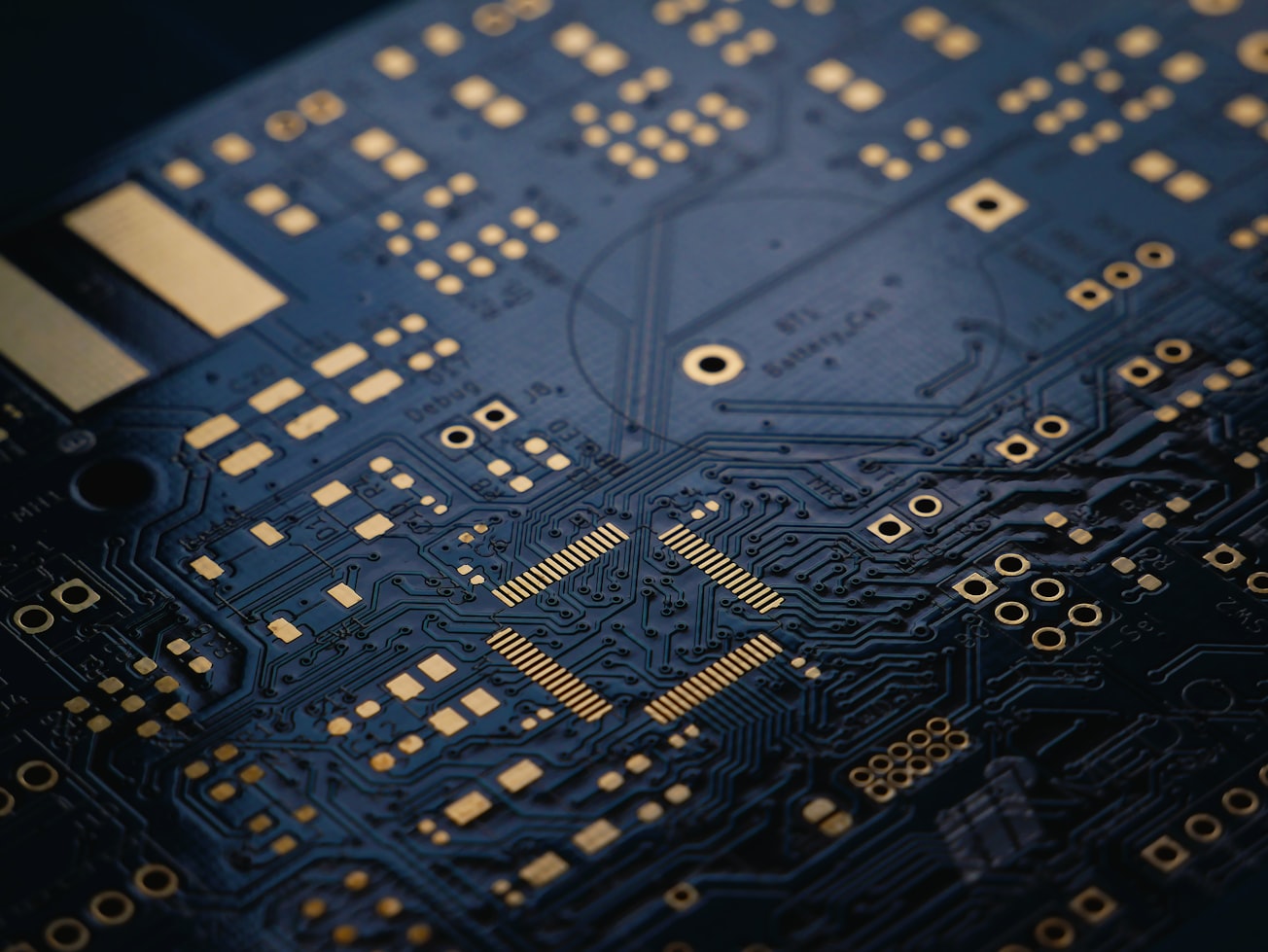What is it about?
The next generation of electronics for power conversion will require beyond-silicon semiconductors that can withstand high voltages while transporting electrical current without generating too much heat. Two promising semiconductors for this application are aluminum nitride and gallium nitride. However, both of these semiconductors have their unique challenges. Although aluminum nitride can withstand very high voltages, it produces lots of heat while transporting electrical current. On the other hand, gallium nitride produces much less heat, but it cannot withstand the same high voltages as aluminum nitride. For over twenty years, researchers have tried to mix aluminum nitride and gallium nitride into a random atomic mixture called an alloy. Researchers hoped that the resulting alloy, aluminum gallium nitride, would give better performance than either aluminum nitride or gallium nitride. Although aluminum gallium nitride withstands higher voltages than gallium nitride, it carries electricity far too inefficiently to be practical for power devices. In our work, we wondered if there is another way we could combine aluminum nitride and gallium nitride to create a new semiconductor which would outperform the traditional alloying approach. As it turns out, stacking atomically thin layers of aluminum nitride and gallium nitride on top of each other in a periodic arrangement, called a superlattice, leads to an entirely new class of semiconductors with unique properties not found in either gallium nitride or aluminum nitride. By performing quantum mechanical calculations on high-performance supercomputers, we discovered that the superlattices of aluminum nitride and gallium nitride can withstand much higher voltages than gallium nitride, while being far more energy efficient than both aluminum nitride and aluminum gallium nitride alloys, making them ideal for power electronics. To rigorously quantify the performance of these novel superlattices for power electronics, we used a well-known benchmark called the "Modified Baliga Figure of Merit." In our research article, we show that the superlattices have the highest Modified Baliga Figure of Merit among all known semiconductors, making them very promising for future power-electronics applications.
Featured Image

Photo by Vishnu Mohanan on Unsplash
Why is it important?
The power grid of the future will include infrastructure for electric cars, rails, and buses. Silicon, which currently drives the power infrastructure, is not equipped to handle the high voltages required for these emerging applications. Our computational discovery of a new class of semiconductors that can fill this niche will invigorate experimental research in this area of power electronics.
Perspectives
The superlattices that we are proposing are particularly interesting because they are based on gallium-nitride technology. Gallium nitride is responsible for the multi-billion dollar light-emitting diode and high-electron-mobility transistor markets. This means that the infrastructure needed to produce the superlattices that we are proposing is already in place, which makes them uniquely positioned to make an immediate impact in the power-electronics space.
Nick Pant
University of Michigan
Read the Original
This page is a summary of: Increasing the mobility and power-electronics figure of merit of AlGaN with atomically thin AlN/GaN digital-alloy superlattices, Applied Physics Letters, July 2022, American Institute of Physics,
DOI: 10.1063/5.0097963.
You can read the full text:
Contributors
The following have contributed to this page










